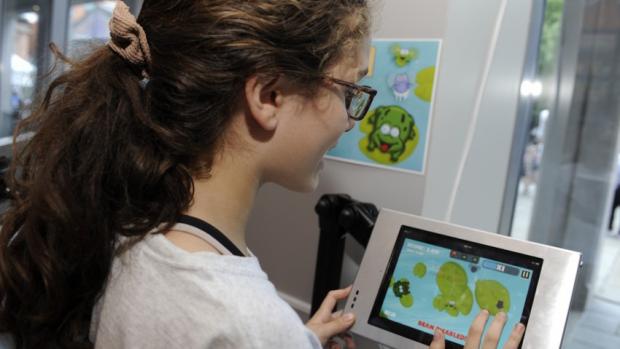Practice Makes Boring, Not Perfect

Apparently, the more you play a game, the less likely you are to get a high score. Andy Nealen, co-director of the Game Innovation Lab at NYU Tandon, and doctoral candidate Aaron Isaksen demonstrated that “the probability of reaching a high score decreases rapidly the more one plays, even when players are learning and improving.”
According to Nealen and Isaksen, most of the players’ improvement either occurs mainly in the first few plays of the game or happens so slowly that it does not have a significant impact on the player’s ability to achieve a high score. This could have unfortunate ramifications for games, which players may easily become bored of if the high score becomes increasingly unattainable.
In response to this issue, Nealen and Isaksen present two design suggestions: decaying high scores and beating the mean. Decaying high scores would make the high score in a game more easily obtainable either by lowering the high score after a certain number of game plays, or by giving players a bonus after a certain number of game plays. Beating the mean involves averaging all of the scores of a player’s previous game plays to encourage the player to “beat the mean.”
“We believe that game designers can benefit by using statistical player models to understand what they can and can’t control about player experience. The mathematics can be powerful, but much needs to be done to bring these tools into the hands of practicing game designers,” said Nealen and Isaksen.
Read the full research paper: A Statistical Analysis of Player Improvement and Single-Player High Scores
Judy Lee
College of Arts and Science
B.A. in Sociology, Class of 2018




